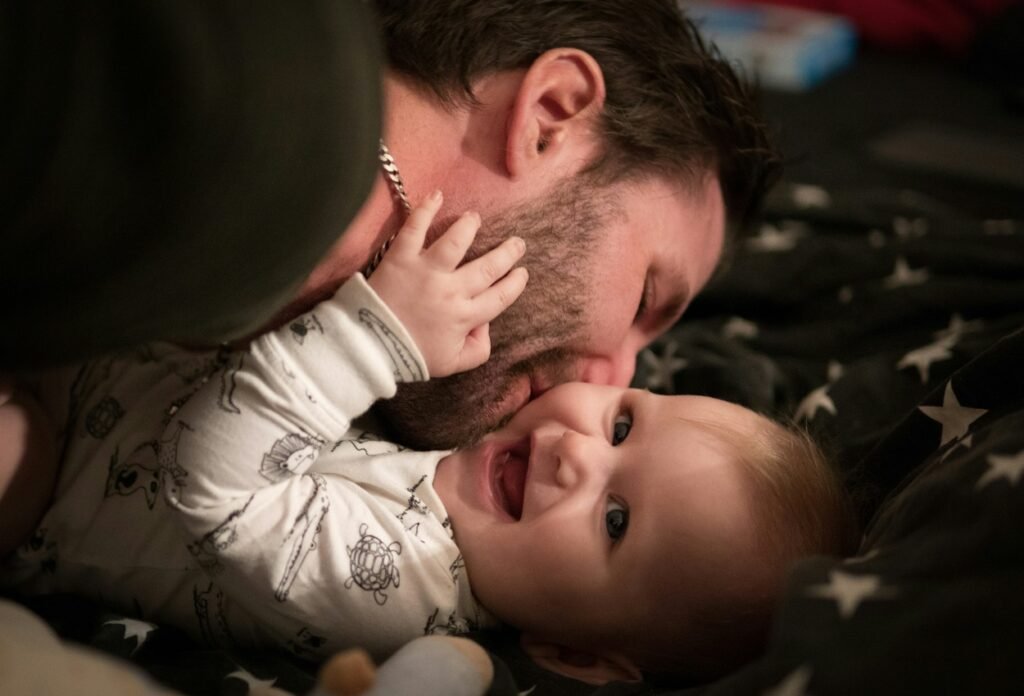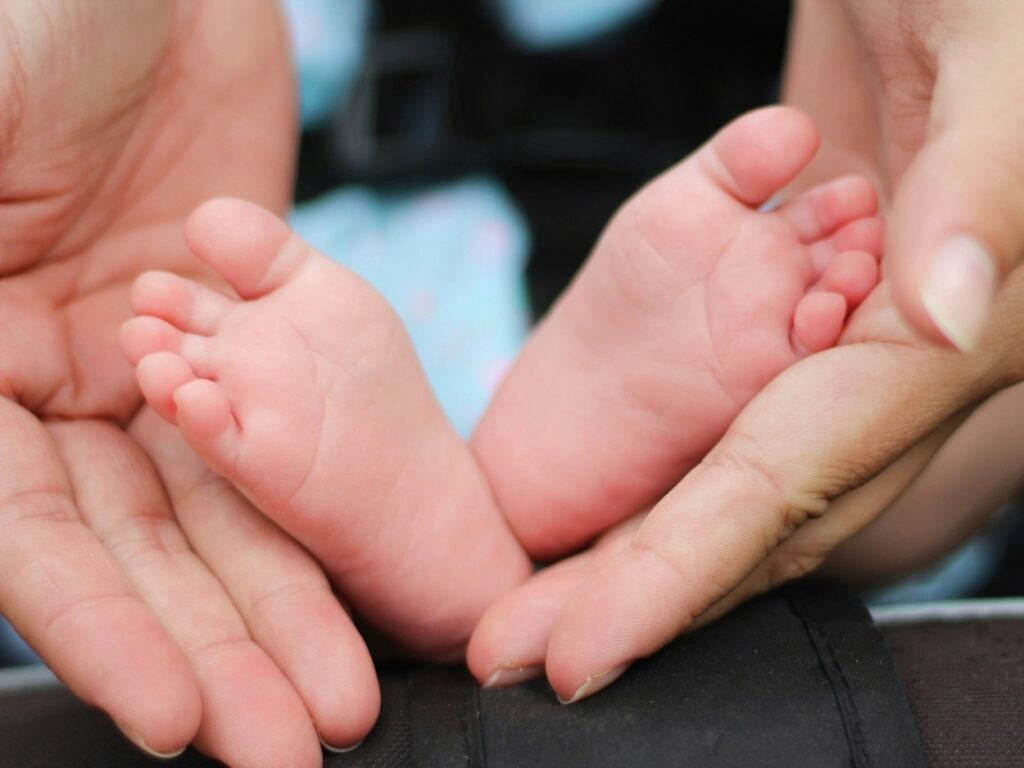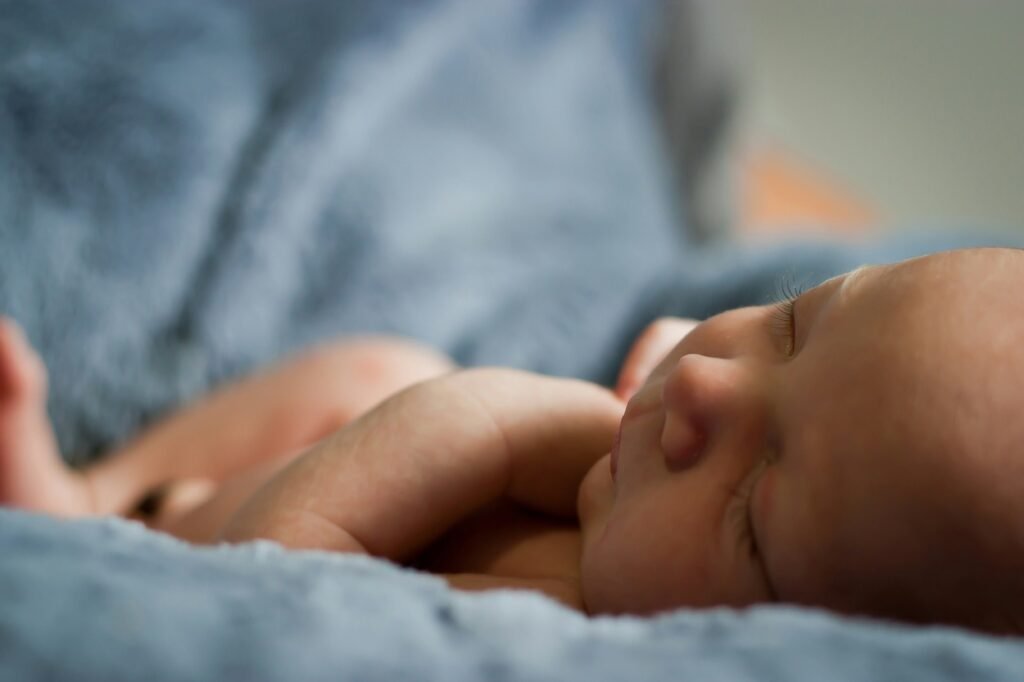The newborn sleep is like trying to solve a Rubik’s Cube while riding a unicycle. As a fellow survivor of the sleep-deprived trenches, let me be your guide through the perplexing world of newborn sleep positions.
From back to side to that infamous tummy time, we’ll explore the ins and outs of where your little bundle of joy should rest their sleepy head.
Is Back Really Best for Newborns?
Picture this: your newborn is snuggled up in their crib, peacefully dozing away on their back like a tiny, adorable angel. It’s not just cute – it’s also the safest sleep position recommended by pediatricians and sleep experts alike.
Sleeping on their back reduces the risk of sudden infant death syndrome (SIDS) and allows for optimal breathing. Plus, it’s like giving your baby a one-way ticket to Snoozeville.

Why Does Side Sleeping Sneak In, and Is It Safe?
Now, I don’t know about you, but my little one was a master of the side-sleeping shuffle. Just when I thought we had the back-sleeping routine down pat, she’d pull a sneaky maneuver and end up on her side, snoozing away like she owned the place.
While side sleeping isn’t recommended for unsupervised naps or bedtime, some babies just seem to prefer the lateral lounging position. Just be sure to gently roll them onto their back if they doze off on their side during playtime.
What’s the Deal with Tummy Time, and Why Is It Important?
Tummy time is the bane of every newborn’s existence (and every parent’s attempt at Instagram-worthy photos). But fear not, brave parents, for tummy time is not just a necessary evil; it’s also crucial for your baby’s development.
Not only does it help prevent flat spots on the back of their head, but it also strengthens their neck, shoulder, and arm muscles. So, break out the play mat and let the tummy time adventures begin!

How Does Swaddling Wrap Up the Sleep Position Puzzle?
Enter the swaddle – every tired parent’s secret weapon in the battle against bedtime woes. Not only does swaddling mimic the snugness of the womb, but it also helps keep your little Houdini from breaking free and startling themselves awake with those flailing newborn arms.
Just be sure to swaddle your baby with their arms down by their sides to promote safe sleep and prevent overheating. It’s like giving them a cozy little cocoon to drift off into dreamland.
How to Balance Safety and Sanity in the Sleep Position Shuffle?
In the midst of the sleep position shuffle, it’s easy to feel like you’re walking a tightrope between safety and sanity. But fear not, weary parents, for you are not alone in this epic quest for sleep. Trust your instincts, follow the guidelines recommended by experts, and don’t be afraid to seek support when you need it.
After all, we’re all just trying to survive the newborn sleep gauntlet one nap at a time.

The Bottom Line: Cracking the Code of Newborn Sleep
So, what position should newborns sleep in? The answer, like most things in parenthood, isn’t one-size-fits-all. While back sleeping is the gold standard for safety, every baby is different, and what works for one may not work for another.
So, experiment with different sleep positions, listen to your baby’s cues, and above all, don’t forget to take care of yourself in the process. After all, a well-rested parent is a superhero in disguise.
